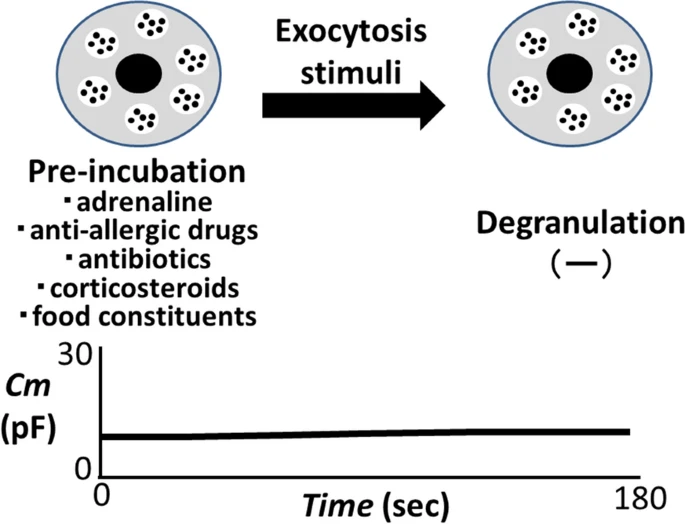Isabelle Brock, Nicole Eng & Anne Maitland
Journal of Medical Case Reports 15, Article number: 620 (2021)
Mast cells are closely associated with epithelium, serving as sentinels responsible for the recognition of tissue injury and coordination of the initial inflammatory response. Upon detection of the injured cell content, mast cells then tailor the release of preformed and newly produced chemical mediators to the detected challenge, via an array of pathogen receptors. In addition to immunoglobulin E receptor-triggered mast cell activation, commonly referred to as allergic or atopic disorders, non-immunoglobulin E receptor mediated mast cell activation follows engagement of toll-like receptors, immunoglobulin G receptors, and complement receptors. Upon containment of the extrinsic challenge, acute inflammation is downregulated, and repair of the injured tissue ensues.

